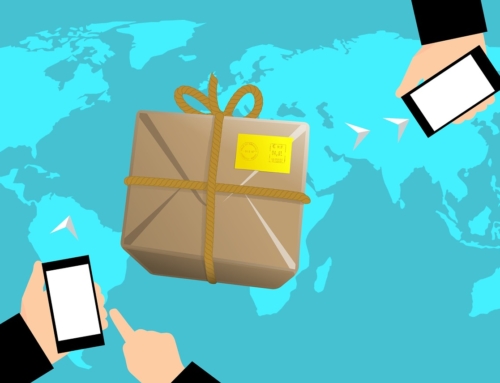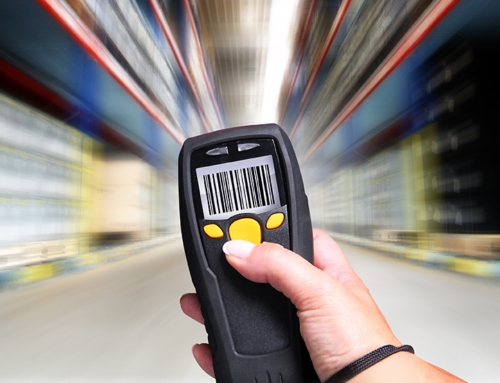Sometimes it’s those little things that make a big difference.
Sometimes it’s not that you can’t provide the same level of care in your supply chain as your competition, it’s that you want to do even more to ensure that one time visitors to your website become lifetime customers and that your reputation shines while you do it.
This is why you’re doing all you can to eliminate waste and make your process faster. But have you considered what happens when items are exchanged or returned?
Thinking About Reverse Logistics
For many companies like yours, returns management is often the last thing considered when building a supply chain.
Although no one wants to plan for returns, the fact is that returns are as much of a piece of the retail environment as sales and customer support. Sometimes customers order the wrong item in the wrong color, sometimes your outbound logistics company makes a mistake and ships an incorrect SKU. No matter where the problem originates, you have to have a plan in place for correcting these types of errors, or else why bother with any of it?
Reverse logistics is a key part of your supply chain, so much so that customers are easily turned off if they discover that it’s difficult to return a product to your company. In a recent survey, UPS found that only 65 percent of shoppers were satisfied with their ability to return items online; in-store returns didn’t fare much better with only 67 percent of surveyed shoppers satisfied. When it’s difficult to return orders that arrived in a condition that wasn’t expected, your customers will quickly find another retailer.
Improving the returns process for shoppers is only a small portion of what returns management can do for your business, however.
Here are some additional benefits to having a great reverse logistics chain in place:
- Sorting out returns. Items that leave your facility usually do it in a very uniform way, but those products that return can come back with a fairly haphazard order and frequency. This is no problem for reverse logistics, in fact, sorting it all out is what they do best. This way items that can be immediately resold are sent straight back into inventory and other products are moved into an area for refurbishing or recycling.
- Refurbishing merchandise for resell. The best returns management companies not only accept items on your behalf, they also arrange to have damaged items repaired (or do this themselves). From packaging damage to fixing products that simply don’t work, these companies can help you get considerable value back from returned items.
- Recapturing value by recycling. A third function of US reverse logistics is determining the ideal way to dispose of items that cannot be fixed or repackaged. Sometimes, this means arranging for proper legal disposal, but often it can also mean selling them for scrap value to another party. Recycling may not recover a lot of value, but it saves money on disposal fees and helps improve your company’s carbon footprint.
Reverse logistics is just as important to the functioning of your business as your outbound logistics. You should think of them as two sides of a whole, not as two separate and disparate parts.






Leave A Comment